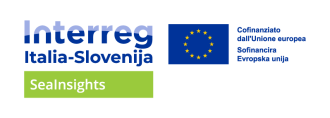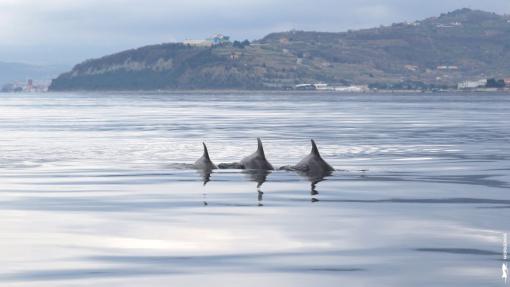SeaInsights partners unveil next-generation genetic tools to advance research and conservation of bottlenose dolphins in the Northern Adriatic.
DivjaLabs, in collaboration with Morigenos – Slovenian Marine Mammal Society, has developed a powerful new set of genetic markers for the common bottlenose dolphin (Tursiops truncatus). Developed as part of SeaInsights, these tools use high-throughput sequencing (HTS) of microsatellite markers to set a new standard in marine mammal monitoring.
Why it’s a game changer
Using cutting-edge high-throughput sequencing (HTS) offers major advantages over traditional microsatellite analysis:
- High accuracy & reproducibility – Reads the exact DNA sequence, not just fragment size.
- Works with tiny traces of DNA – Ideal for environmental DNA (eDNA) from seawater or blow samples.
- Global comparability/shareability – Results match seamlessly between labs and can be directly shared.
- More genetic information – Reveals genetic variation not detectable by traditional methods.
Teamwork in action
Morigenos provided high-quality tissue samples from well-known local dolphins, studied in the Gulf of Trieste for over 20 years, and helped select the best ones for method optimisation, ensuring reliable results for real-world scientific and conservation work. DivjaLabs led the design, development, and testing of the new genetic markers, mining the dolphin reference genome for suitable regions, creating and screening primers, and optimising them for HTS. The combined expertise of Morigenos and DivjaLabs ensured the method works not only with tissue samples but also with tiny amounts of environmental DNA (eDNA) — paving the way for non-invasive dolphin genetic identification. These new tools will allow researchers to genetically identify individual dolphins non-invasively, track population changes, and strengthen cross-border conservation in the Northern Adriatic.
📄 Read the full report (available in EN, IT, and SLO) to learn more about this breakthrough for marine biodiversity monitoring.

